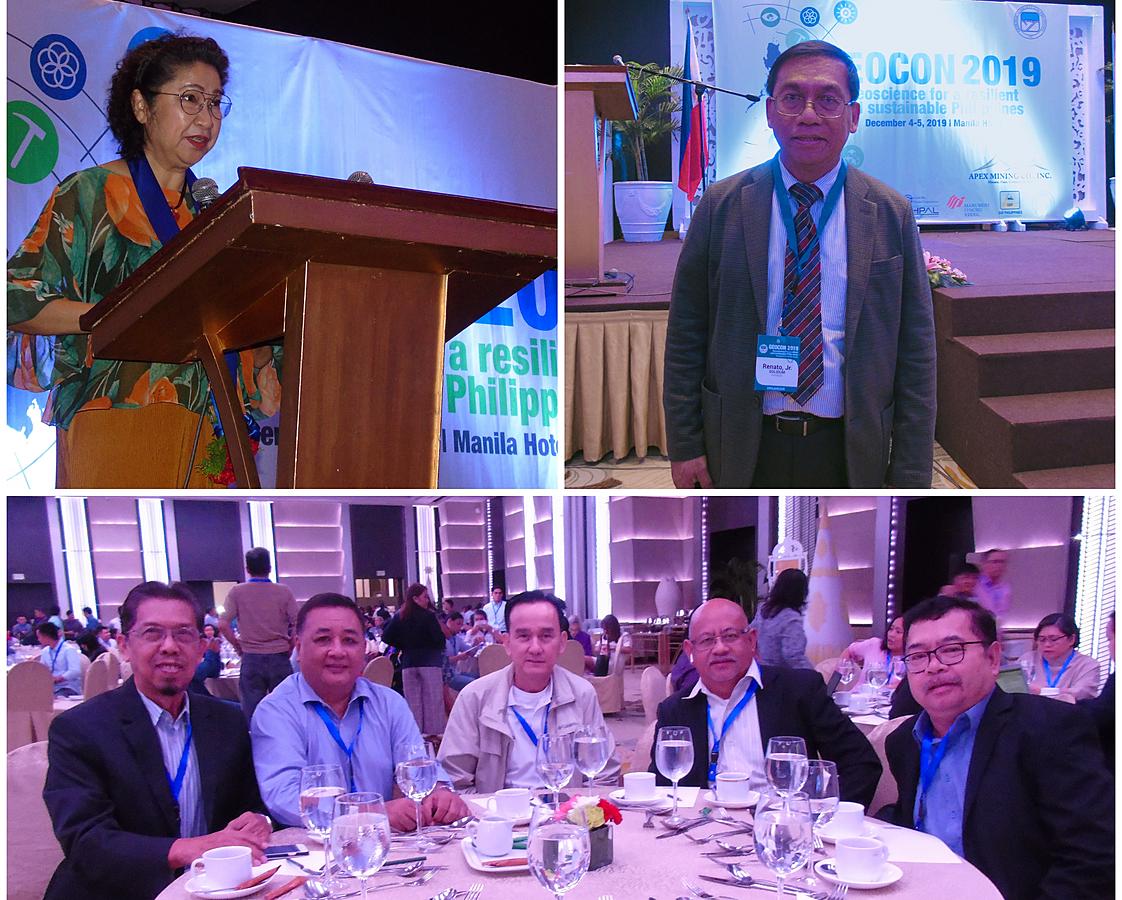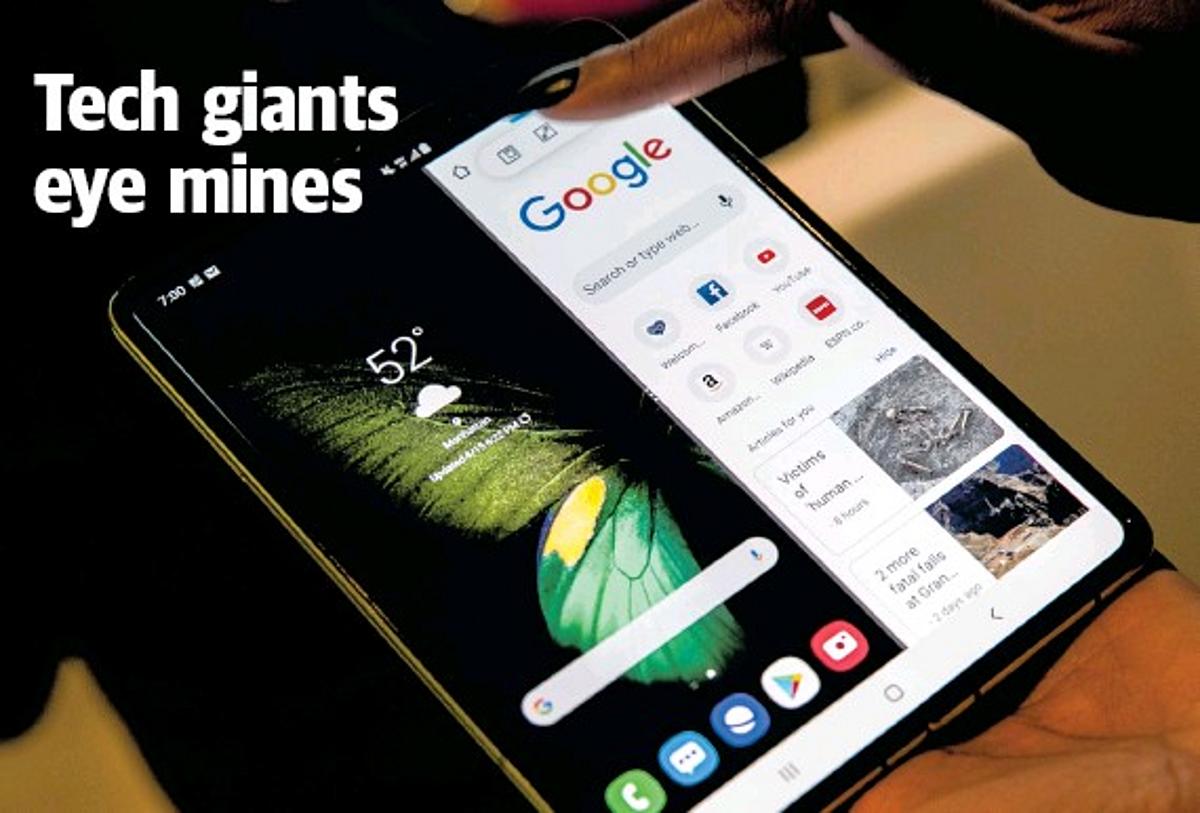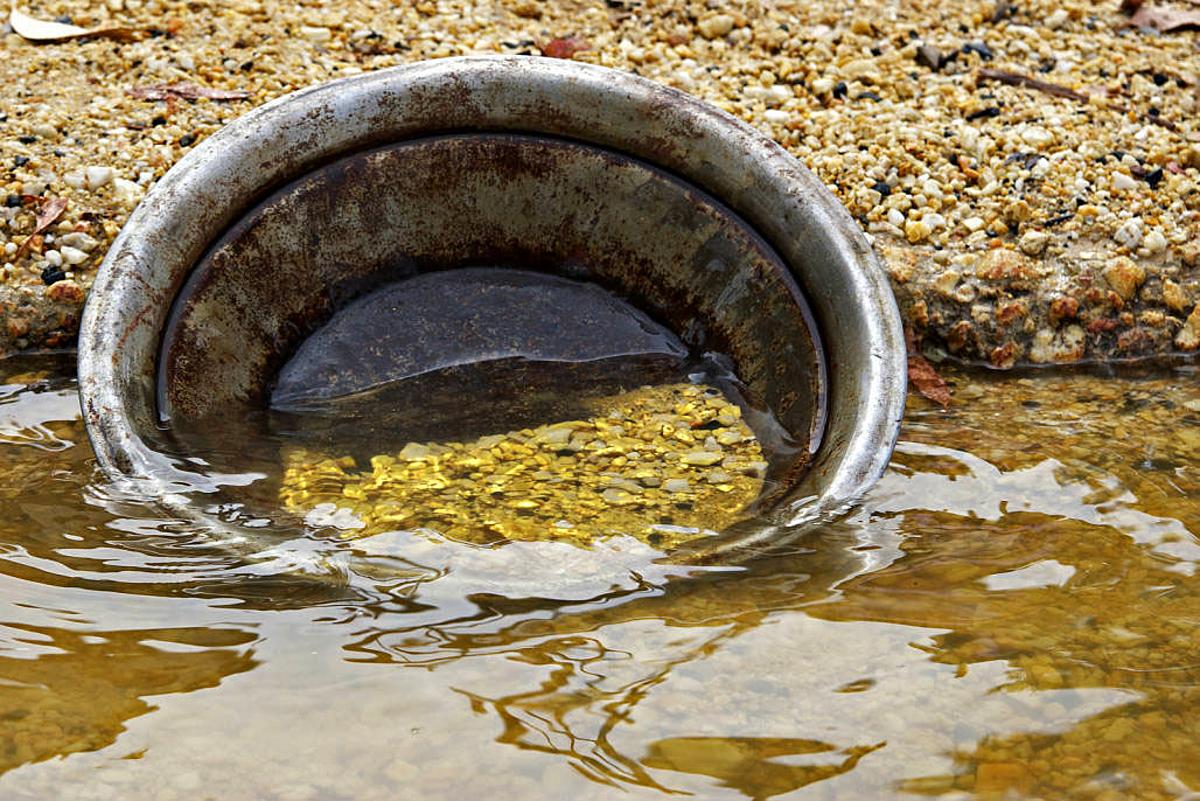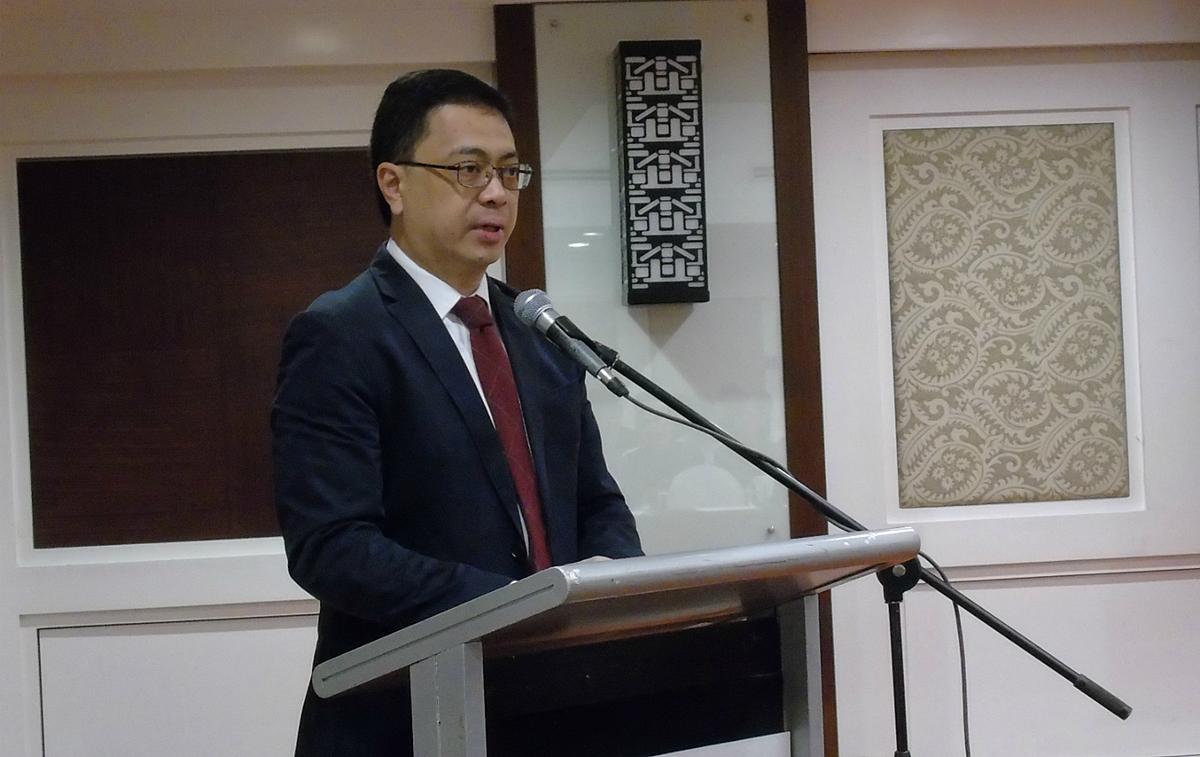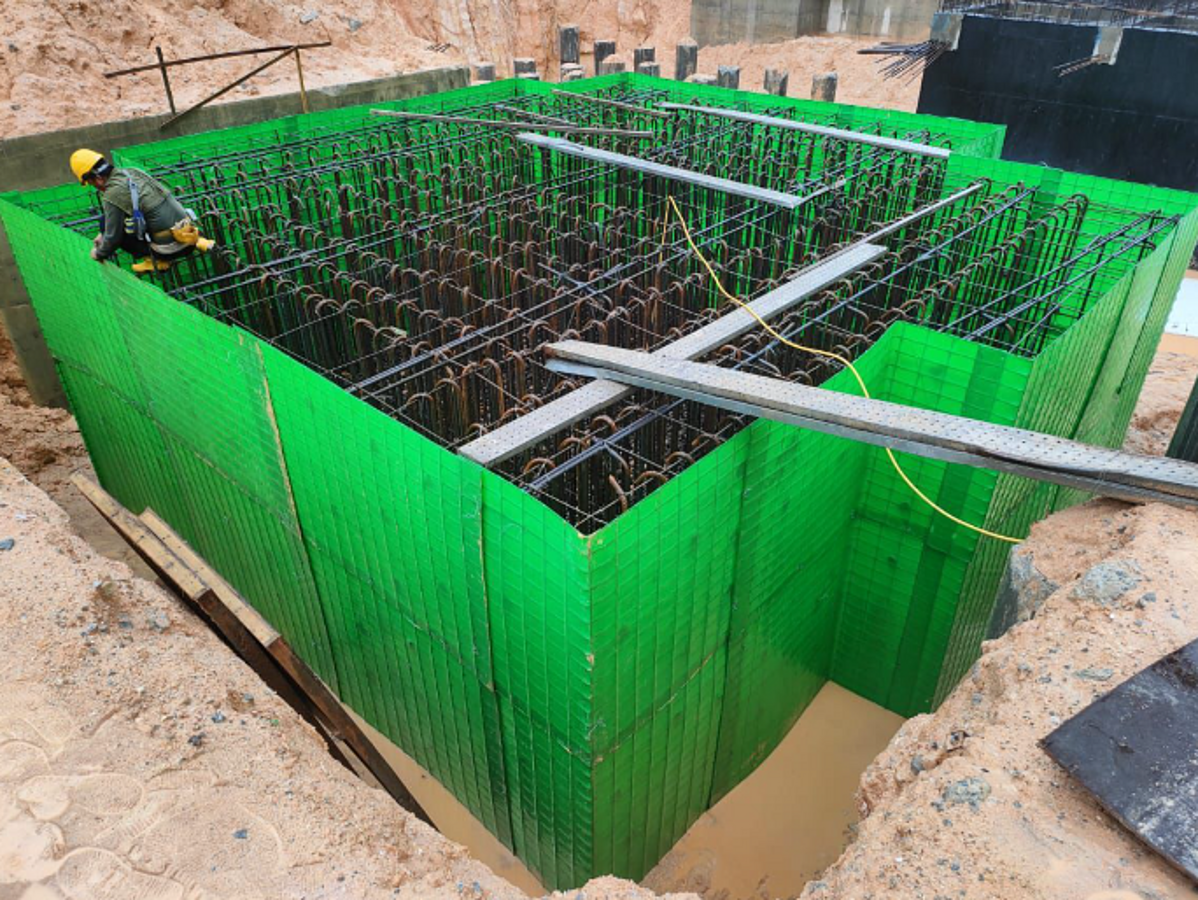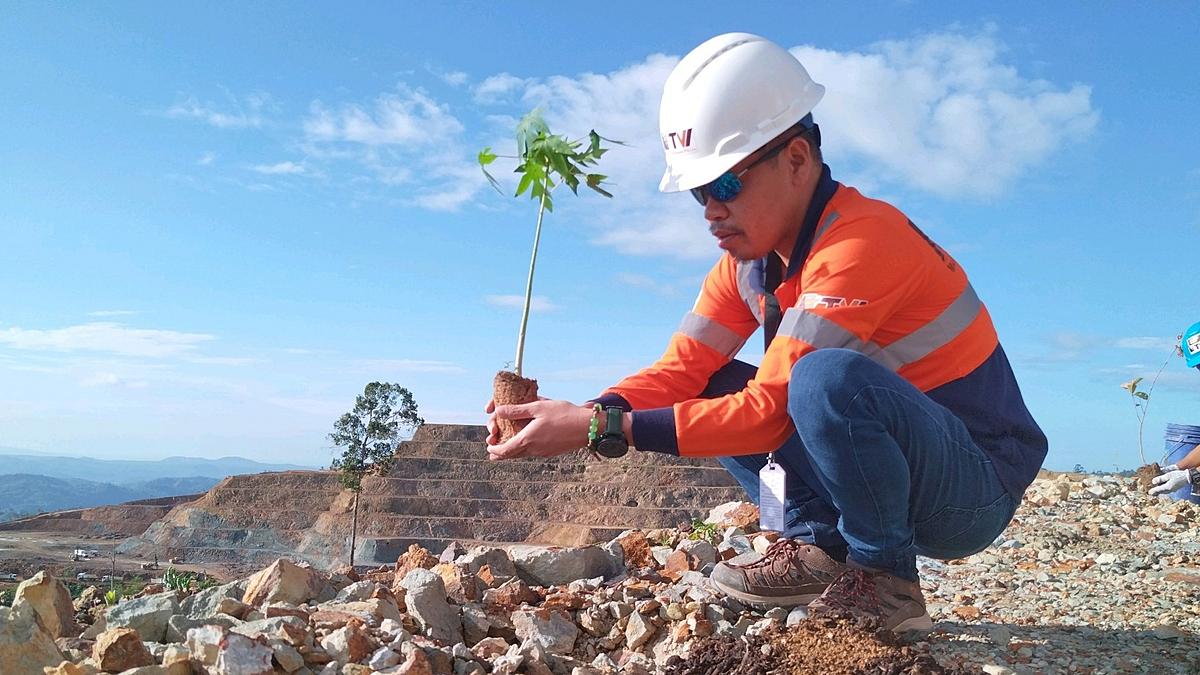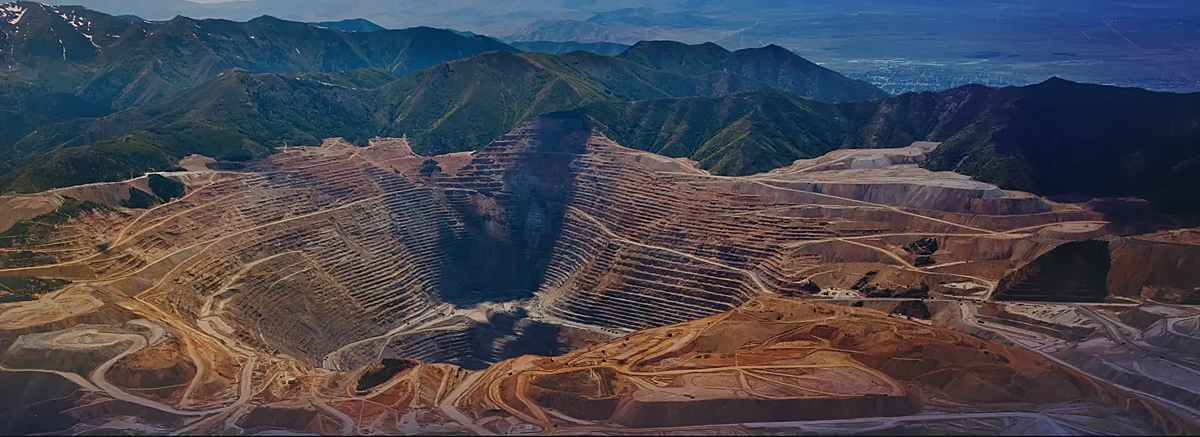By Marcelle P. Villegas
GeoCon was first organised in 1988 as a venue where the latest development in geosciences are shared and discussed. Each year, new ideas and fresh perspectives are presented through technical reports and exhibits. What is the importance of GEOCON in the Philippines? Since it is a conference where great minds in the field of geosciences gather to discuss, debate or collaborate for continued learning, the event then brings to light solutions to national problems that science can solve.
Last December, the Geological Society of the Philippines (GSP) presented GEOCON 2019 with the theme “Geoscience for a resilient and sustainable Philippines”. The two-day conference was held at The Manila Hotel last 4-5 December 2019.
Dr. Renato U. Solidum, Jr., Chairperson of GeoCon 2019, gave the welcome remarks on the Day 1 of the conference. He is also Department of Science and Technology Undersecretary for Disaster Risk Reduction -- Climate Change Adaptation. Dr Solidum is also the Officer-In-Charge of the Philippine Institute of Volcanology and Seismology.
Although GeoCon 2019 took place a month before the Taal Volcano Eruption (12 January 2020), Dr. Solidum’s message was regarding readiness in case of natural calamities. “The theme of this year’s GeoCon… should jolt us and remind us of our collective obligation as geoscientists to convey to the most vulnerable sectors of our society the imminent dangers of geological hazards. This is a herculean task which all of us, because of our specialized training, can help achieve.”
He said, “We should join hands and we must zero in our common efforts in educating and empowering our people so that they will become more resilient to natural disasters.”
Dr. Carla B. Dimalanta, President of GSP, stated, “2019 has also been an extremely challenging one for our country, particularly on matters where the geosciences are central to the issues. Geohazards and resource use conflicts, most especially, continue to cause significant disruptions to the lives and livelihoods of Filipinos. From the water shortages in Metro Manila during the dry months, to the large-scale landslides and floods in Luzon and the Visayas in the rainy periods, and the unusual earthquakes in Mindanao, GeoCon 2019’s theme brings to focus what we, as geoscientists, have done and must further do to contribute to building a resilient and progressive country.”
Dr. Dimalanta expressed that there are many changes in the regional and global perspectives which affect the decisions on natural resource use, environmental design and management, and geohazards risk reduction. She also mentioned the urgent need to achieve the Sustainable Development Goals (SDG). “[With] barely two years left for the current national government administration, we the country’s geoscientists must assert our relevance in delivering SDG targets. The Geological Society of the Phils., as a collegial body of experts in the various fields of earth sciences, is best poised to address concerns pertaining to the following SDGs: SDG 6: clean water and sanitation, SDG 7: affordable and clean energy, SDG 9: industry innovation and infrastructure, SDG 11: sustainable cities and communities, SDG 14 and 15: life below water and on land, and most importantly SDG 17: partnerships for the goals.”
The keynote speaker for Day 1 was Undersecretary Rosemarie Edillon of the National Economic Development and Authority (NEDA).
The Undersecretary discussed the three key points in her speech: 1) economic and social impact of the disaster on the country 2) the new ecosystems for science, technology, and innovation 3) the challenge with the science community, including the geoscience community.
She stated, “The Philippine economy is currently on a high growth trajectory. So at the beginning of 2012, our growth rate has been upward by 6%. We could actually have grown much faster were it not for the damage and losses due to the typhoons and other natural calamities. The UN estimates that we lose about 0.8% of GDP every year due to the combined impact of disasters.”
NEDA Undersecretary mentioned that the cost for evacuation and spending in managing an evacuation center is an added expense. When there are natural calamities, loss of productivity happens which in turn brings about the loss of income per day. Other factors that affect and hinder income and productivity are loss of lives, destruction of cultural heritage sites or buildings, and more. These events bring insecurities among Filipinos because during a natural calamity, they are subjected to various threats in their livelihood.
In contrast, the Undersecretary presented some good news which is in light of “the new ecosystem for science and technology, innovation".
“To be fair, we had been improving towards progress with regards to how we had been addressing climate shocks. In fact, we are the only country with an institutionalised response mechanism [or Institutional Mechanisms for Disaster Response] which includes preparedness measures.”
"We have also completed a number of high-resolution geohazard maps."
"For the last seven years, the economic growth remains above 6%. With our already released Q3 growth, the Philippines is actually second in terms of economic growth compared to Vietnam 7.3% and even higher than China 6.0%. So our economy has been steadily growing and it is our goal to sustain this momentum in the coming years, and uphold the Philippines' standing as one of the fastest growing economies in Asia.”
Undersecretary Edillon added, “And to be able to sustain this growth, science, technology and innovation have been identified and prioritised not only as a catalyst to exponentially grow our economy but also as a solution to minimize environmental impacts, efficiently use our natural resources, and build our resilience.”
“I've got a piece of good news. In 2019, the Global Innovation Index, which measures the performance of countries in terms of innovations like technological advancements, the Philippines jumped 19 notches, ranking 54th which marks the biggest leap amongst Southeast Asian countries and we ranked 5th behind Singapore, Malaysia, Vietnam and Thailand.”
Later during the day, the other topics and studies presented were: “Re-opening new paths for the Philippines’ search for energy independence” by Arthur Saldivar-Sali, “Paving a new landscape in risk valuation: The GeoRisk Philippines initiative” by Mabelline Cahulogan, “The October 2019 earthquake sequence: Parameters and impacts” by Jeffrey Perez, and more.

